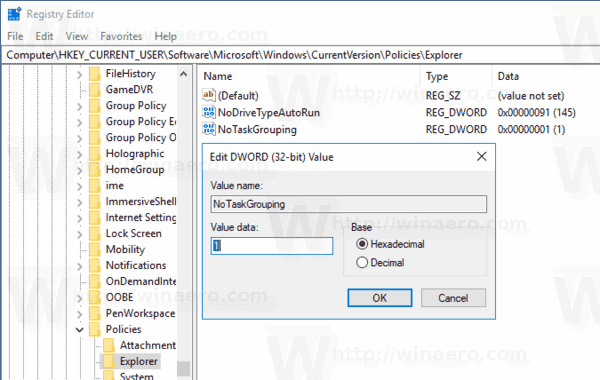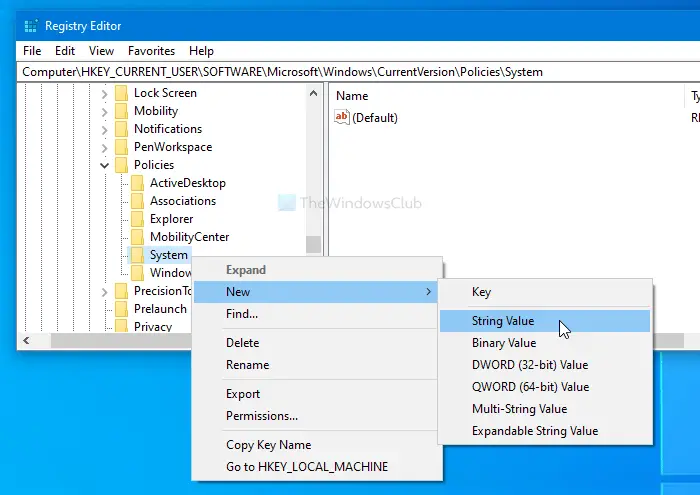Links to information I utilized during my upgrades to Windows 10 in 2020…
- Skipping the Windows Account creation process
- One of the many documented ways to still get Windows 10 for free (thanks, Phil!)
- A very helpful video outlining some of the many settings you may want to change after installation/upgrade of Windows10
In order to co-exist with Linux and, more specifically, UnRaid, SMBv1 had to be (re)enabled on Win10. Instructions on how to do this will be forthcoming; this is a placeholder to remind me to add that one of these days.- Windows 10 automatic reboot shenanigans
- I’m going to use Clonezilla to clone my existing SSD to a new (and larger) one because this is the software that Barnacules recommends!
Windows 10 annoyances and how to overcome them:
“Let’s finish setting up your device.” Let’s not and say we did:
Disable this annoying splash screen thusly:
- Start -> Settings -> System -> Notifications & actions
- Uncheck the “Show me the Windows welcome experience after updates…”, “Suggest ways I can finish setting up my device…” and “Get tips, tricks and suggestions…” items under Notifications.
Disable Taskbar Button Grouping with Group Policy
This comes in handy when Windows 10 has not been activated
- Open the Registry Editor app.
- Go to the following Registry key.
HKEY_CURRENT_USER\Software\Microsoft\Windows\CurrentVersion\Policies\Explorer
- On the right, create a new 32-Bit DWORD value NoTaskGrouping.
 Set its value data to 1 in decimal.
Set its value data to 1 in decimal. - Restart Windows 10.
Setting Desktop Wallpaper via Group Policy
- Start the Group Policy Editor (gpedit.msc)
- Navigate to Local Computer Policy -> User Configuration -> Administrative Templates -> Desktop -> Desktop
- Select ‘Desktop Wallpaper’
- Select ‘Enabled’, then supply the Wallpaper name (directory\filename). Select Wallpaper Style.
- Click OK
Wallpaper modification will take effect on next login.
Set the desktop wallpaper using Registry Editor
To set the desktop background using Registry Editor, follow these steps-
- Press Win+R.
- Type regedit and hit the Enter button.
- Click the Yes button.
- Navigate to Policies in HKCU.
- Right-click on Policies > New > Key.
- Name it as System.
- Right-click on System > New > String Value.
- Name it as Wallpaper.
- Double-click on it and enter the wallpaper path.
- Right-click on System > New > String Value.
- Name it as WallpaperStyle.
- Double-click on it to set a Value data.
- Click OK to save the change.
Let’s check out these steps in detail.
At first, press Win+R, type regedit and hit the Enter button. It will show the UAC prompt. If so, click the Yes button to open the Registry Editor. Following that, navigate to this path-
HKEY_CURRENT_USER\SOFTWARE\Microsoft\Windows\CurrentVersion\Policies
Right-click on Policies > New > Key and name it as System. Then, right-click on System > New > String Value and name it as Wallpaper.

Double-click on it and enter the file path as Value data. Then, click the OK button.

Next, right-click on System > New > String Value and name it as WallpaperStyle. After that, double-click on WallpaperStyle and set the Value data as follows-
- Center: 0
- Tile: 1
- Stretch: 2
- Fit: 3
- Fill: 4
- Span: 5
Click the OK button to save the change.

At last, sign out of your user account and re-sign in. Once done, you will find your new wallpaper as a desktop background.
In case you want to remove this wallpaper, navigate to the following path-
HKEY_CURRENT_USER\SOFTWARE\Microsoft\Windows\CurrentVersion\Policies
And right-click on Policies > Delete. Then, confirm the change by clicking the Delete button again.
End the automatic upgrade/automatic reboot madness
- Open group policy editor (“gpedit.msc” in a command window)
- Navigate to the following path: Computer Configuration > Administrative Templates > Windows Components > Windows Update
- Change the following 3 settings –
- Configure Automatic Updates
Enabled
4 – Auto download and schedule the install - Configure auto-restart required notification for updates
Enabled
2 – User Action - No auto-restart with logged on users for scheduled automatic updates installations
Enabled
Enjoy the calm.
Installing an Open Source KMS Server
Turn off the annoying XBox Gaming shit that I’m never going to use
1. Kill the notification
Settings -> System -> Notifications & actions
Scroll down til you find “Xbox Game Bar” and turn it off
2. Kill the game bar
Settings -> Gaming -> Xbox Game Bar
Click the switch at the top to “off”
Require username to be specified at logon (disable user listing)
Open the Local Policy app (secpol)
Security Settings -> Local Policies -> Interactive Logon: Don’t display last signed-in
Set to Enabled
Enable ICMP
Open a command window in Administrator mode and enter the following command:
netsh advfirewall firewall add rule name="ICMP Allow incoming V4 echo request" protocol=icmpv4:8,any dir=in action=allow
How Windows determines whether or not the machine has internet access
Windows attempts to download a file from a dedicated Web server. Depending on which version of Windows, it’s http://www.msftncsi.com/ or http://www.msftconnecttest.com/. If the download is successful and contains the correct contents, then Windows concludes that you have full Internet access.
If something goes wrong, Windows will report either limited or no Internet access, depending on what exactly went wrong.
More details on this are available here.
